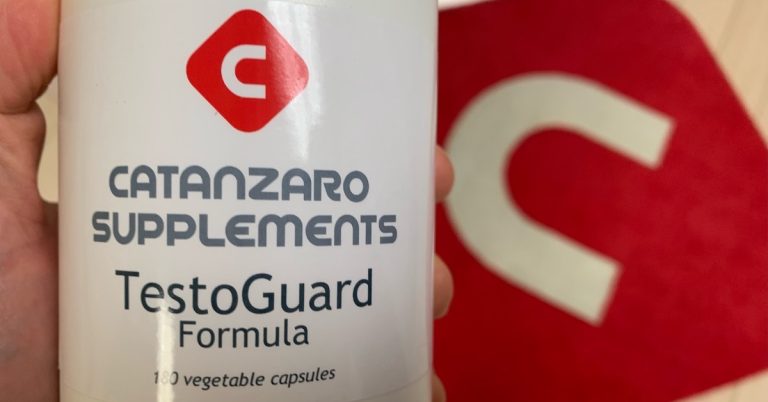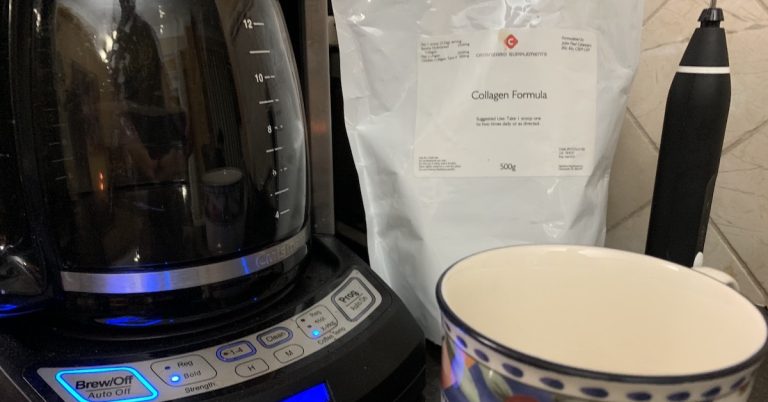Not too long ago, a couple that I train were planning to start a family. The doctor had prescribed a multivitamin and they wanted to get my opinion. The product comes in a 30-day blister pack with 30 pink (a.m.) tablets and 30 blue (p.m.) tablets.
Before we discuss the medicinal ingredients, here’s what the “non-medicinal” ingredients look like:
Pink (a.m.) Tablet: microcrystalline cellulose, pregelatinized starch, croscarmellose sodium, polyvinyl alcohol, fish gelatin, mono and diglycerides, titanium dioxide, macrogol/PEG 3350, alginate, hydroxypropyl methyl cellulose, calcium silicate, sodium lauryl sulfate, magnesium stearate, talc, acacia gum, pea starch, silicon dioxide, FD&C Red #40 Aluminum Lake, carnauba wax, FD&C Blue #1 Aluminum Lake, FD&C Yellow #6 Aluminum Lake, ammonium hydroxide, n-butyl alcohol, D&C Red #27 Aluminum Lake, FD&C Blue #2 Aluminum Lake, isopropyl alcohol, propylene glycol, shellac glaze, and simethicone.
Blue (p.m.) Tablet: pregelatinized corn starch, croscarmellose sodium, polyvinyl alcohol, titanium dioxide, macrogol/PEG 3350, talc, acacia gum, sucrose, magnesium stearate, sodium lauryl sulfate, modified starch, triglycerides, FD&C Blue #2 Aluminum Lake, carnauba wax, trisodium citrate, citric acid, dl-alpha-tocopherol, silicon dioxide, ammonium hydroxide, n-butyl alcohol, D&C Red #27 Aluminum Lake, isopropyl alcohol, propylene glycol, shellac glaze and simethicone.
I typically recommend a prenatal multivitamin that can only be obtained from a licensed healthcare professional. The product comes in 30 daily packets with 2 green (multi) tablets and 4 white (mineral) tablets in each packet. This is what it contains as far as “non-medicinal” ingredients:
Green (Multi) Tablet: cellulose, croscarmellose sodium, stearic acid (vegetable), silicon dioxide, and coating (hypromellose, hydroxypropylcellulose, medium chain triglycerides, and sodium copper chlorophyllin).
White (Mineral) Tablet: cellulose, croscarmellose sodium, stearic acid (vegetable), silicon dioxide, and coating (hypromellose, hydroxypropylcellulose, and medium chain triglycerides).
Take a look at both products closely. You don’t need to be an expert to spot the difference. Look at the number of chemicals and dyes used in the first product. Is that what you really want in your system?
As far as the primary ingredients, the first product sucks! The ingredients are cheap, the dose is woefully low, and it contains an inferior form of certain vitamins and minerals.
For instance, you can often tell the quality of a multivitamin/mineral supplement by the type of magnesium used: 50 mg of magnesium oxide is not in the same ballpark as 250 mg of magnesium citrate and magnesium aspartate. (You can read more about this in my new book, Lean and Mean.)
Also, there’s a big difference between synthetic folic acid and the natural, more bioavailable methylfolate form.
Which product do you think uses the inferior magnesium oxide and folic acid form?
Which product do you think uses the superior magnesium citrate/aspartate and methylfolate form?
Which product would you prefer to use?
By the way, the professional-brand product that I mentioned above is Metagenics Fem Prenatal. I have recommended it to dozens of women over the years.
Bottom Line: Taking a high-quality multivitamin, probiotic and fish oil during the prenatal stage is important, but make sure to examine the label of any supplement before you use it. If something doesn’t look right, don’t use it!



